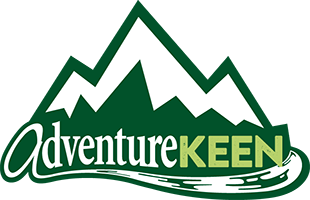Exciting News: Two New Books Join the Nature Study Guides Finder Series
The Nature Study Guides Finder series is a timeless favorite in the outdoors world. These guides have been loved by nature fans for ages, offering valuable insights and tips for identifying various plants and animals. With a recent update to the look, the series now carries a fresh, modern design and introduces two new titles—Mushroom Finder and Bird Nest Finder. There are also five titles in the series that have recently received updates with new editions.
New Titles

New to the series is Mushroom Finder, written by Jacob Kalichman, an expert field mycologist known for his extensive work on North American fungi. This pocket-size guide is perfect for foragers and outdoors enthusiasts looking to identify mushrooms in their natural habitats. Jacob’s expertise ensures readers get accurate and reliable information, enhancing their foraging adventures. The book includes stunning illustrations from Roo Vandegrift, who currently works as the Plant Pathologist at the USDA Plant Inspection Station. Roo’s detailed art captures each mushroom’s unique traits, making identification easier and more fun.
Bird Nest Finder is another exciting addition, written and illustrated by Dorcas S. Miller, a seasoned author within the Finder series. Dorcas has previously written Track Finder, Scat Finder, Winter Weed Finder, Berry Finder, and Constellation Finder, which have sold over half a million copies. Bird Nest Finder focuses on aboveground nests in Eastern North America, providing essential information for bird-watchers and nature lovers. The author’s deep knowledge and detailed illustrations make this guide a valuable resource for anyone interested in the nesting behaviors of birds.

Revived Classics
Along with the new books, five previously out-of-print books are back on the shelves. These revived classics include:
- Bird Finder (originally published in 1990) by Roger J. Lederer—an essential guide for bird-watchers, with detailed descriptions and illustrations of various bird species
- Pacific Coast Bird Finder (1977) by Roger J. Lederer—identifies common and noteworthy birds of California, Oregon, and Washington
- Desert Tree Finder (1974) by May Theilgaard Watts—a must-have for desert explorers, providing detailed information on identifying trees and tree-like cacti of the desert southwest
- Pacific Coast Mammal Finder (1987) by Ron Russo—identifies mammals by sight, as well as by their animal tracks, burrows, nests, scat, scratch or chew marks, and skulls/jaws; great for wildlife enthusiasts
- Pacific Coast Fish Finder (1990) by Ron Russo—identifies marine fish of the Pacific Coast; ideal for anglers and nature lovers
Not only did this classic series get a new, updated look, but it also expanded its collection, solidifying its status as a go-to resource for outdoors enthusiasts, nature lovers, and foragers. Whether readers are experienced naturalists or budding explorers, the Nature Study Guides Finder series has something for everyone. Discover the beauty and intricacies of the natural world with these expertly crafted guides.
Great for the Holidays

The Nature Study Guides Finder series is the perfect gift for the holiday season. These pocket-size guides are packed with expert content in simple form, making them ideal for anyone who loves the great outdoors or is just beginning to develop an interest in nature. They’re designed to be portable, so adventurers can easily take them on outings and identify the wonders they come across. These books make thoughtful gifts that spark curiosity and deepen appreciation for the natural world, making them perfect as stocking stuffers or special gifts under the tree.










